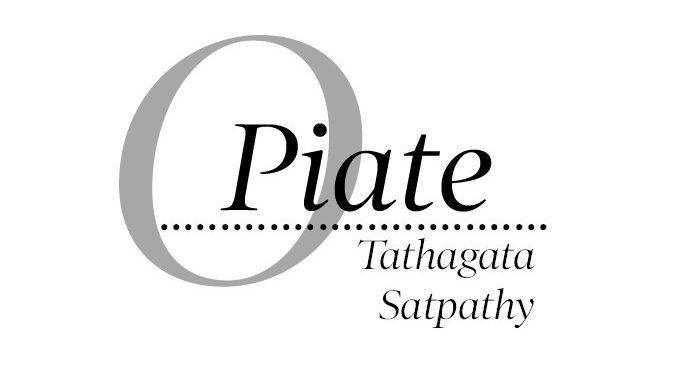The hijab story seems endless and global. Earlier, Indians heard of it because of a handful of college girls in Karnataka wanting to wear it to assert their religiosity in their educational institution. Now the world has heard of the hijab problem, in a diametrically opposite situation to that of Karnataka, in Iran when 22 year old Mahsa Amini was detained by the Tehran police for not wearing a hijab. Mahsa went into coma after her detention and was declared dead after three days. This has sparked nationwide outrage and protests in Iran, calling for an end to moral policing. The day after her funeral, nearly all Iranian newspapers dedicated their front pages to her story on Sunday. In the past few months, Iranian rights activists have urged women to publicly remove their veils, a gesture that would risk their arrest for defying the strict Islamic dress code as the country’s hardline rulers crack down harder on immoral behavior. The example of Amini has been played up in social media and Iranians seem to be majorly upset with the policies of their extreme religious leaders who control the government.
This habit of religion creeping into the governance system is not a new phenomenon. Most religions across the world have prospered and grown only when they receive state backing. One such prime example is that of Ashoka converting to Buddhism. It is only after his brutal invasion of Kalinga that Ashoka decided to adopt Buddhism as the religion of his empire. That decision financed movement of people from his court to far-off lands and that resulted in the spread of Buddhism as far away as Japan, Korea and Sri Lanka. Similarly, Christianity also got a boost when several kings of Europe adopted it as the state religion and promoted it.
While Ashoka was before Christ (BC), the spread of Christianity happened mostly after the weakening of the Roman Empire and the emergence of new rulers across Europe. After the growth of Christianity, there emerged Islam which later split into two primary sects namely Shia and Sunni. Iran is primarily Shia unlike Saudi Arabia which is the bastion of Sunnis. The fall of the Shah of Iran in the late seventies brought about one of the first acute Islamist governments in that part of the world. Then onwards the growth of extreme Islam in Iraq, Libya, Afghanistan and many other countries created a situation that we see all over the globe. Iran’s rulers have been particularly overbearing and cruel towards their own citizens, especially women. The death of Amini this past week, probably, has ignited a fire for independence from the tyrannical rule of the clerics in Iran. The result in the future will be anybody’s guess.
The plight of women today is not exclusive to Iran or only to Moslem countries. The United States of America has always been considered a liberal and modern nation that has been trying to give women equal rights in all walks of life. No doubt the Trump years made racism and anti women rhetoric a lot more acceptable in American society. The world expected a change in attitude after the defeat of Donald Trump. However, the inclusion of Far-right elements as judges in the US Supreme Court turned the Roe vs Wade case which in one sweep took away women’s abortion rights. Citing religious opinions, many Republican controlled states of the US have banned abortions unheeding women’s rights activists and social needs. When the US, considered a secular country which had always been taking pains to keep religion away from government has fallen victim to religious zealots, what can one speak about countries like Afghanistan or Saudi Arabia anymore.
India today also seems vehemently moving towards becoming a country of the Middle Ages where religion seems to be gaining ground in the system of governance. The behaviour of Indian courts and the bureaucracy and the manner in which the police is getting influenced by religion and politics seems to be altering the social fabric of the country. It is not intended to condone the wrongs committed by the minorities in India. Undoubtedly the minorities of this subcontinent did enjoy undue favours of past governments since independence. Even the British in their usual divide and rule policy had promoted benefits for the minorities at the cost of Hindoos.
Unfortunately, the world today is no more a place where ‘an eye for an eye’ can be a successful economic policy for an enduring growth for any nation. More than religion, India deserves impeccable economic policies that would succeed in bringing in greater prosperity. For people to become prosperous, the prime ingredient has to be peace. Without peace there can never be lasting growth. Without growth, India could very easily sink into a Talibanised cesspool.







































